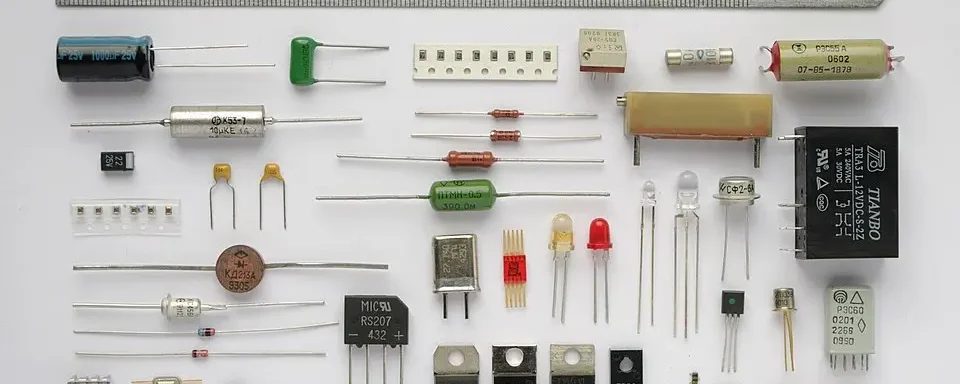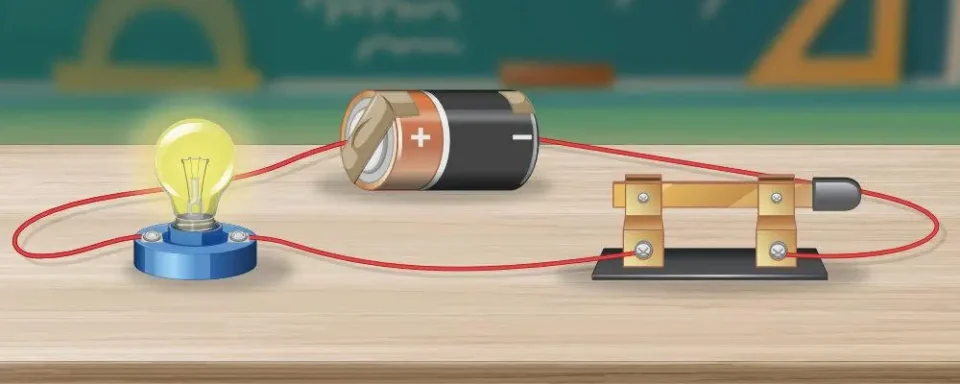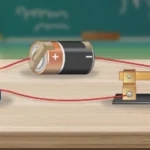
Electrifying STEM!: A Crash Course in Circuitry, Part I
October 1, 2025
Electrifying STEM!: A Crash Course in Circuitry, Part II
December 1, 2025Farming today is powered by more than soil and sunlight. Data, robotics, and renewable energy drive it. As agriculture evolves, students need early exposure to the technologies to shape this transformation. By integrating STEM into agricultural education, we help students build the skills, curiosity, and confidence they’ll need to lead in a tech-driven world.
Precision Agriculture: A High-Tech Evolution of Farming
Precision agriculture is a cutting-edge approach to farming that uses advanced technologies to monitor, measure, and respond to variability in crops, soil, and weather. Instead of treating entire fields uniformly, farmers use data and automation to manage each section of land based on its unique conditions. This results in higher yields, reduced waste, and more sustainable practices.
At the heart of precision agriculture is a fusion of STEM disciplines: science, technology, engineering, and mathematics, working together to solve complex agricultural challenges.
Science: Understanding the Biological and Environmental Systems
Precision agriculture starts with understanding how plants grow and how the environment affects them. Farmers and scientists look at things like what’s in the soil, how plants develop over time, and how local weather and ecosystems impact crop health. They use this knowledge to make smart decisions about when and where to plant, how to care for crops, and how to protect the land. In school, students can explore these same ideas by testing soil samples, seeing how light affects photosynthesis, or creating models to show how pests affect plant growth. These hands-on activities help students learn important science concepts in biology, chemistry, and environmental studies, while connecting what they learn in class to real-life farming challenges.
Technology: Tools That Power Smart Farming
Modern farms use all kinds of smart tools to collect and use data in real time, helping farmers make better decisions. GPS and mapping software (like GIS) help farmers see how conditions change across different parts of a field, so they can plan more accurately. Drones and satellites give a bird’s-eye view of crops, making it easier to spot problems like dry spots or unhealthy plants. Sensors placed in the soil track things like moisture, temperature, and nutrients, sending updates that help farmers know when and how to water or fertilize. On top of that, computer programs using machine learning can look at past and current data to predict how much a crop might produce or flag anything unusual. In schools, students can get hands-on with similar tech, like programming microcontrollers to collect data, studying drone images to check plant health, or using mapping software to plan where to grow things. These activities show how computer science, data analysis, and mapping tools are used in real-life farming, making learning both practical and exciting.
Hands-On Tech Builds Real Problem-Solving Skills
When students get to build and experiment with technology, they start thinking like engineers. Tools like drones, 3D printers, and coding platforms allow them to design solutions for real agricultural challenges.
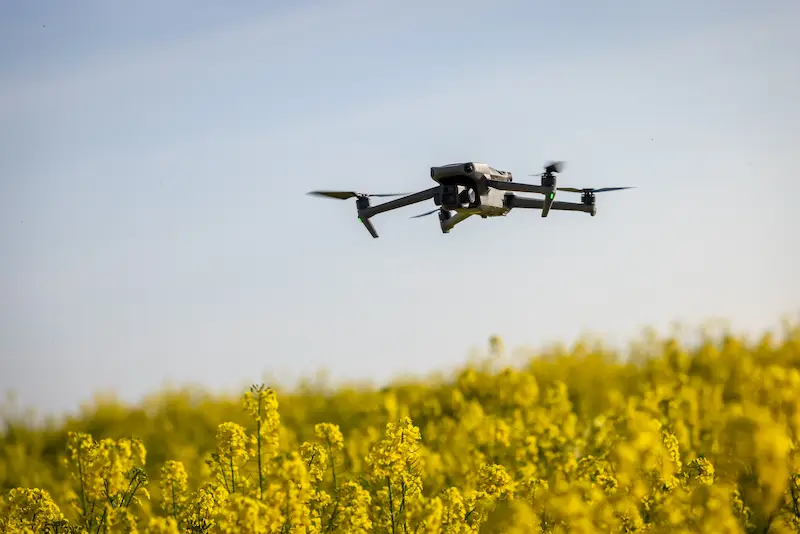
Students can program drones to simulate crop monitoring missions. They learn how to code flight paths, capture aerial images, and interpret data to identify areas needing water or pest control. These projects combine coding, spatial reasoning, and environmental awareness, while showing students how tech is used in precision agriculture.
Engineering: Designing Systems That Work in the Field
Engineering plays a big part in making modern farming work smoothly. Farmers use smart systems like automated irrigation that water crops only when the soil needs it, and robots that help with planting, harvesting, and spraying. They also use clean energy sources like solar panels and wind turbines to power devices without relying on traditional electricity. In schools, students can get hands-on experience by building simple irrigation systems, creating plant-monitoring robots, or exploring how solar and wind energy can be used on a farm. These kinds of projects help students learn how things are built and how they work, while also encouraging creative thinking and problem-solving.
Sustainability Needs Innovation
As agriculture adapts to climate change, students need to understand how technology supports sustainable practices. That includes smart irrigation systems, renewable energy sources, and soil conservation techniques.

They learn how energy is generated, stored, and used efficiently. These projects connect science, engineering, and sustainability and help students see how clean energy can support responsible farming.
Mathematics: Making Sense of Agricultural Data
Data is a big part of modern farming, and math helps make sense of it all. Farmers use tools and computer programs to figure out the best time to plant, how much fertilizer to use, and how much they might harvest and sell. These tools help turn numbers into useful information so farms can run more efficiently and sustainably. In schools, students can try out similar activities, like looking at farm data, making charts, or building simple models to predict outcomes. It’s a great way to see how math connects to real-world decisions and how it plays a key role in agriculture today.
Career Readiness Starts Early
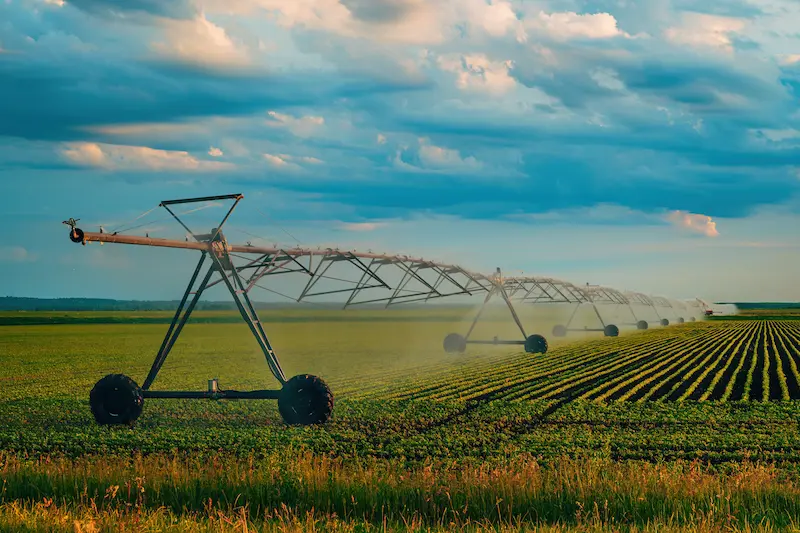
Today’s agricultural careers go way beyond traditional farming and include jobs like flying drones, analyzing data, designing eco-friendly systems, and even working in food science. STEM skills are a big part of all these roles, and giving students early experiences with technology helps them discover what they’re good at and what they enjoy. For example, students might look at crop data using spreadsheets or simple coding tools, build a greenhouse system that responds to temperature and light, or use mapping software to plan spaces for pollinators. These kinds of activities give students a taste of real-world work and help them build useful skills in problem-solving, design, and managing systems.
Relevance Makes Learning Stick
When students see how STEM connects to food, land, and community, learning becomes meaningful. Whether they’re growing vegetables in a school garden or designing sustainable energy solutions, they begin to understand their role in shaping a better future.
Students can use coding and sensors to automate plant care in classroom gardens. They might map native plant zones to support biodiversity or track water usage to improve conservation. These projects help students connect STEM to everyday life and see how their ideas can make a real impact.
Cultivating Future Innovators Through STEM and Agriculture
As farming continues to change with new technologies, it’s important to help students keep up and even lead the way. Precision agriculture, which uses things like data, robotics, and clean energy, gives students a real-world way to explore STEM in action. By combining science, tech, engineering, and math with agriculture, we’re giving students the tools to think critically, solve problems, and come up with smart, sustainable solutions.
Students aren’t just learning technical skills; they’re learning how to think about systems, care for the environment, and make a difference. From classrooms to gardens and greenhouses, these hands-on experiences help students see how they can shape a better future through innovation and teamwork.


